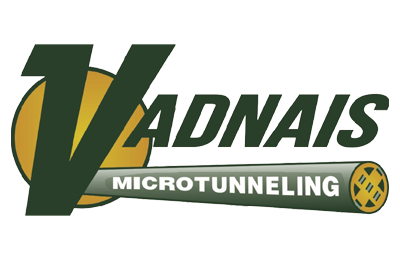The penstocks and adjacent tunnels of PG&E’s Helms Pumped Storage facility exhibited years of damage build up. The facility shutdown enabled this repair project to address those damages, with Drill Tech as the General Contractor performing a variety of scopes including grouting, spalled concrete removal/replacement, and drain/decompression hole installation. Drill Tech also carried all Tunnel Safety Order operations for the project, selecting a dedicated gas tester, safety rep, and 5-man rescue team for the double shift operation. Additionally, Drill Tech provided all tunnel utilities (water, air, power, lighting, etc.) to all companies working inside the tunnel during the outage, and oversaw multiple subcontractors/third-party contractors to PG&E.
The Helms Pumped Storage System is an extremely remote location at about 7500′ elevation, where the weather and length of narrow wooded roads made deliveries and travel for crew members very difficult. With the penstock sloping at 12%, access, hole layout, drilling, and the grouting sequence were difficult to manage. From scratch, Drill Tech fabricated a scaffold system and modular drill on wheels to break down small enough to fit through the 36″ diameter flange and work inside the penstock. Although the spalled concrete repair work grew about 100% in size due to more damage than previously surveyed years ago, Drill Tech still completed all critical work within the desired window set by PG&E.

